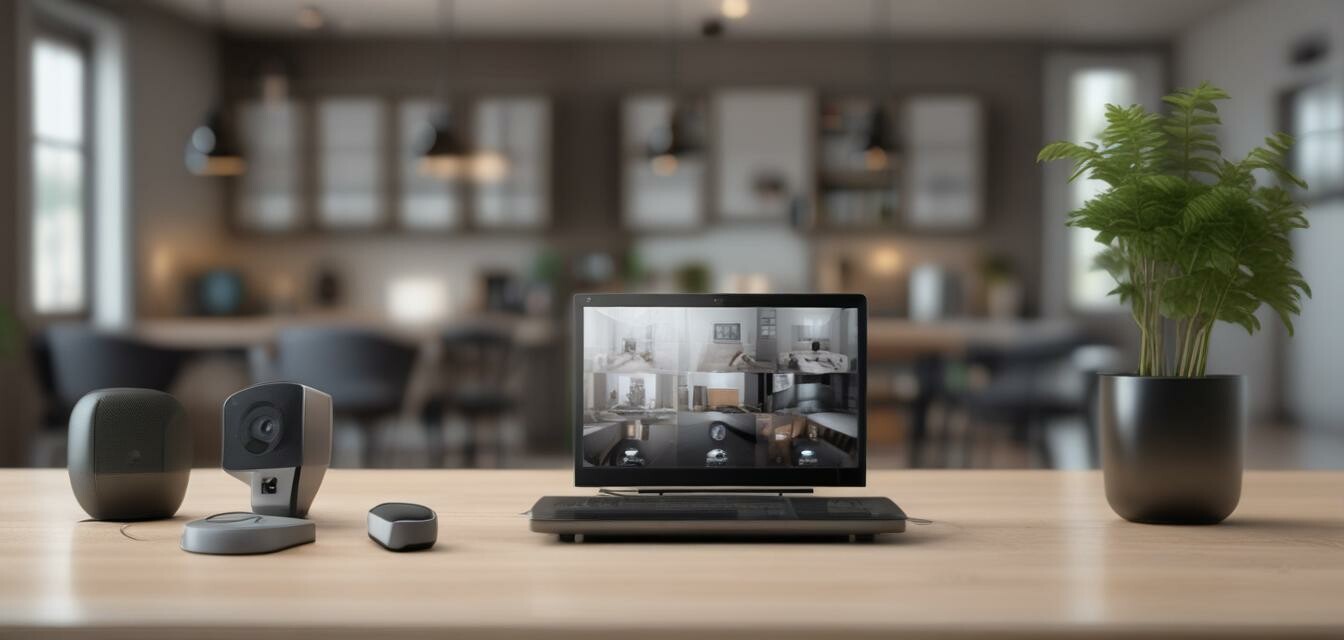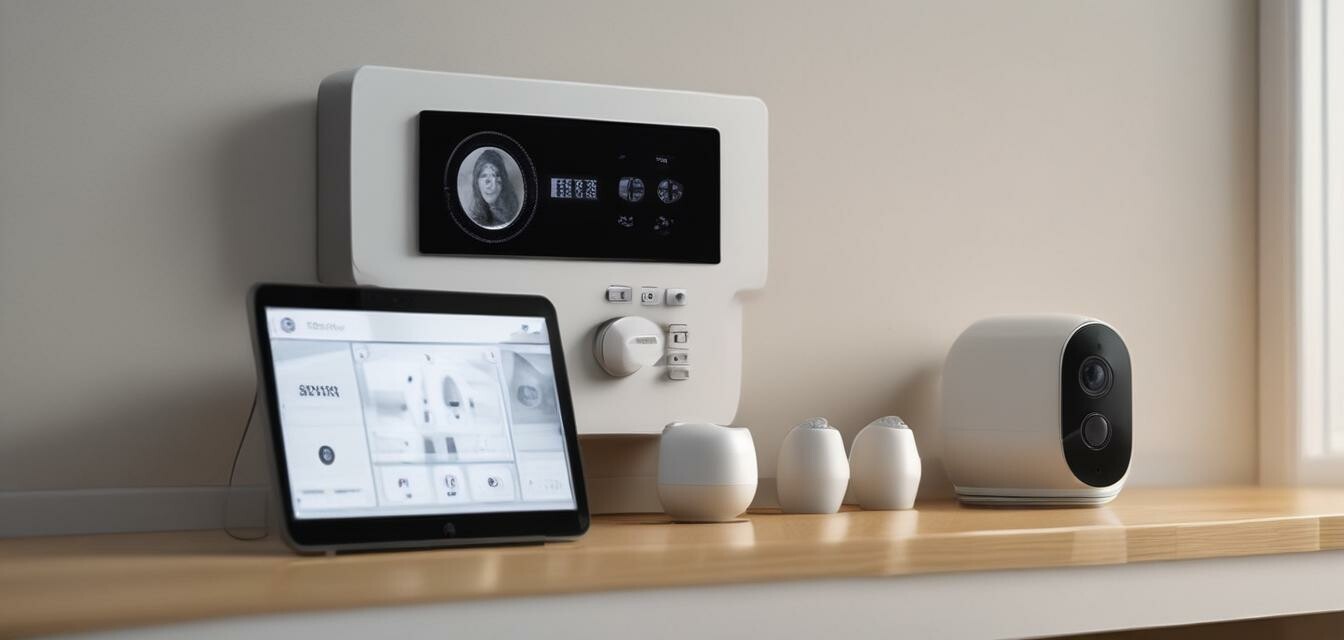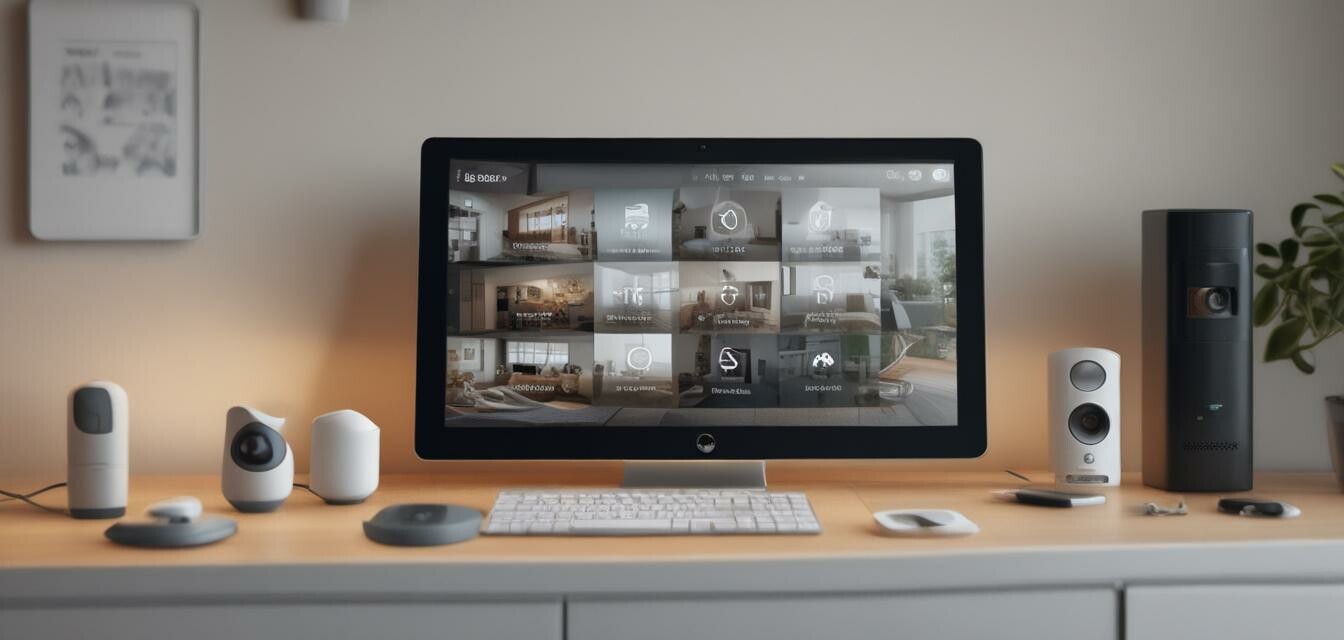
Installation and Setup of Smart Security Systems
Key Takeaways
- Smart security systems offer enhanced home protection.
- Installation can be a DIY project or handled by professionals.
- Understanding the components is crucial for effective setup.
- Regular maintenance ensures optimal performance of your system.
In today's world, ensuring the safety of your home is more important than ever. Smart security systems provide an array of features that can help protect your property and loved ones. Whether you're considering a DIY installation or opting for professional services, this guide will walk you through the necessary steps for setting up your smart security system effectively.
Understanding Smart Security Systems
Smart security systems typically consist of several components that work together to create a comprehensive security solution. Here is a breakdown of common elements:
| Component | Description |
|---|---|
| Security Cameras | Monitor your property in real-time through video surveillance. |
| Motion Sensors | Detect movement and alert you of any suspicious activity. |
| Alarm Systems | Trigger an alarm to deter intruders when unauthorized access is detected. |
| Smart Locks | Provide keyless entry and remote locking/unlocking capabilities. |
| Home Automation Devices | Integrate with your security system for enhanced functionality. |
DIY Installation Tips
If you're considering a DIY installation, here are some tips to ensure a smooth process:
Beginner's Tips for DIY Installation
- Read the manual thoroughly before starting.
- Map out your home to determine the best locations for cameras and sensors.
- Test the system before finalizing the installation.
- Use quality tools and materials to ensure stability.
- Stay updated with software updates for your devices.
Professional Installation Services
If you prefer to hire professionals, consider the following:
- Research local security companies with good reviews.
- Request quotes from multiple providers to compare services.
- Check if they offer maintenance services post-installation.
- Ask about warranties and guarantees on their work.
Common Installation Challenges
Here are some challenges you might face during installation:
| Challenge | Solution |
|---|---|
| Weak Wi-Fi Signal | Use a Wi-Fi extender or reposition your router for better coverage. |
| Unfamiliarity with Technology | Watch tutorials online or consult the user manual for guidance. |
| Placement of Devices | Test various placements to find the most effective positions. |
| Battery Life Management | Regularly check and replace batteries as needed to avoid downtime. |
Maintaining Your Smart Security System
Once your system is installed, maintenance is key to ensuring its effectiveness. Here are some essential maintenance tips:
- Regularly check camera lenses for dirt and obstructions.
- Update software and firmware for all devices.
- Test alarm systems and sensors monthly.
- Replace batteries in devices as needed.
Conclusion
Installing a smart security system can greatly enhance the safety of your home. Whether you choose to do it yourself or hire professionals, understanding the components and their functions will help you achieve the best results. Remember to maintain your system regularly to keep it running smoothly.
Pros
- Enhanced security features.
- Remote monitoring capabilities.
- Integration with other smart home devices.
- Possible reduction in insurance premiums.
Cons
- Initial setup costs can be high.
- Potential technical issues with devices.
- Requires regular updates and maintenance.
- Privacy concerns regarding surveillance footage.
Related Resources
For more information on smart security systems, check out our related articles:
- Alarm Systems
- Home Automation Devices
- Home Security Systems
- Motion Sensors
- Smart Cameras
- Smart Locks









